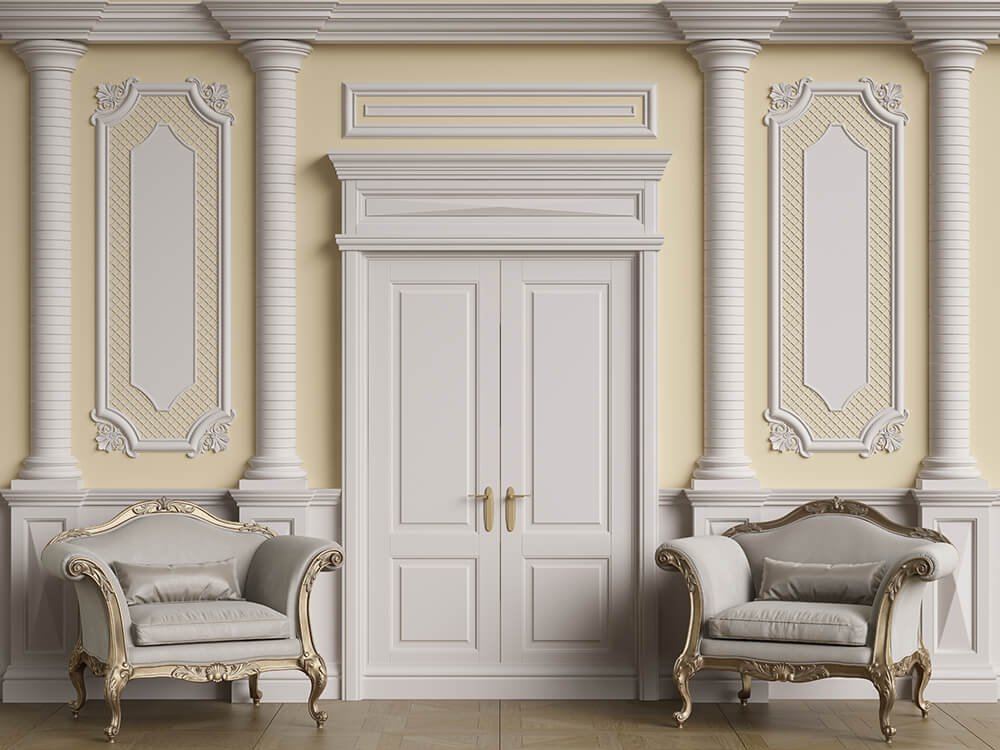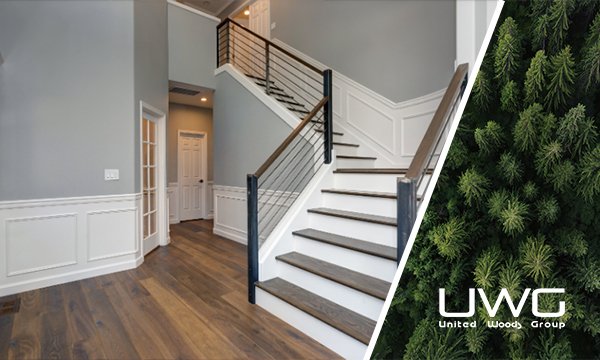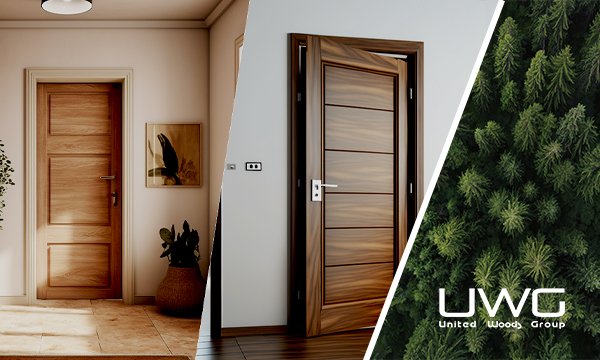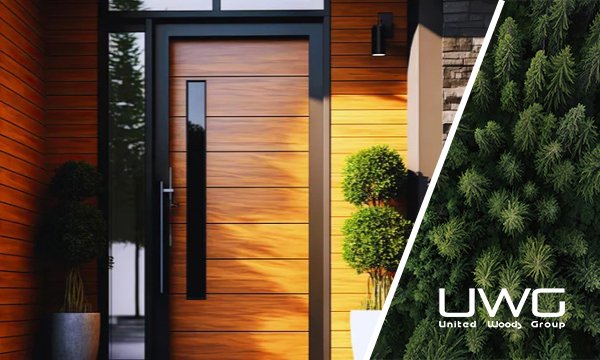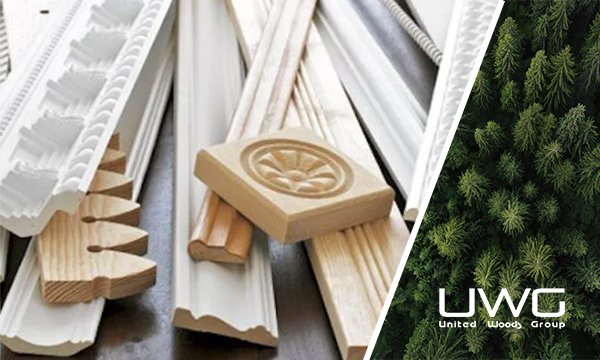Many customers who are preparing to decorate their homes ask me: Which is better, wood or polyurethane moulding? It seems that this question has troubled many people. So I wrote a special article to explain this problem
When embarking on home improvement projects, selecting the right moulding material can significantly affect both the aesthetics and functionality of your space. Wood and polyurethane are two popular choices, each offering distinct advantages and disadvantages. But from an aesthetic point of view, wood is easy to carve, and it takes paint well, giving it a raw aesthetic. From a practical point of view, wood is harder and more durable.
Why Choose Between Wood and Polyurethane?
Choosing between wood and polyurethane moulding depends on factors such as durability, cost, aesthetic preferences, and environmental conditions. Polyurethane is renowned for its flexibility and resistance to moisture, making it suitable for both indoor and outdoor applications. Conversely, wood offers a timeless appeal with its natural texture and solid feel, ideally suited for indoor environments.


Analyzing Application:
Wood Moulding: Ideal for traditional or rustic interior designs, wood moulding enhances spaces with its classic charm. However, it requires maintenance to retain its appearance and integrity, especially in fluctuating climates.

Polyurethane Moulding: A versatile choice for modern homes, polyurethane is resistant to moisture and decay, making it perfect for bathrooms, kitchens, and exterior applications. Its light weight also simplifies the installation process, while its soft texture makes it feel soft to the touch.

Cost:
While initial costs for polyurethane moulding are generally lower than those for wood, consider long-term value and maintenance expenses. Polyurethane moulding may require more upkeep, which could lead to higher costs over time due to staining, sealing, or repairs.

Material Texture and Aesthetics
Wood Moulding: Boasts a natural grain that brings warmth and richness to interiors. It can be stained or painted to match any decoration, offering unmatched customization. If you are putting it on furniture such as a dresser then wood is the best as it has grain and if varnished or lacqured it will bring out the beauty of it.

Polyurethane Moulding: While not as rich in texture, can mimic the look of wood and can be painted to blend seamlessly with any architectural style. If the area of use is around the ceiling, polyurethane is preferred because it is lightweight and can be bonded with professional adhesives or silicone. However, the polyurethane moulding is very soft and has a poor texture to the touch.
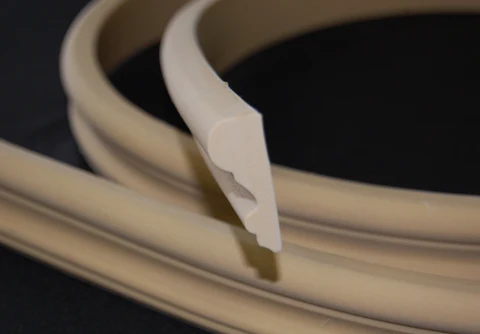
Performance and Durability
Wood Moulding: They have excellent durability and can be used for decades without problems.
Polyurethane Moulding: Since it is relatively cheap, it is suitable for those exposed to severe weather conditions or, however, it requires frequent replacement.

Processability and Installation
Wood Moulding: While requiring more skill to install, allows for a range of carpentry techniques that can enhance its appearance and fit.
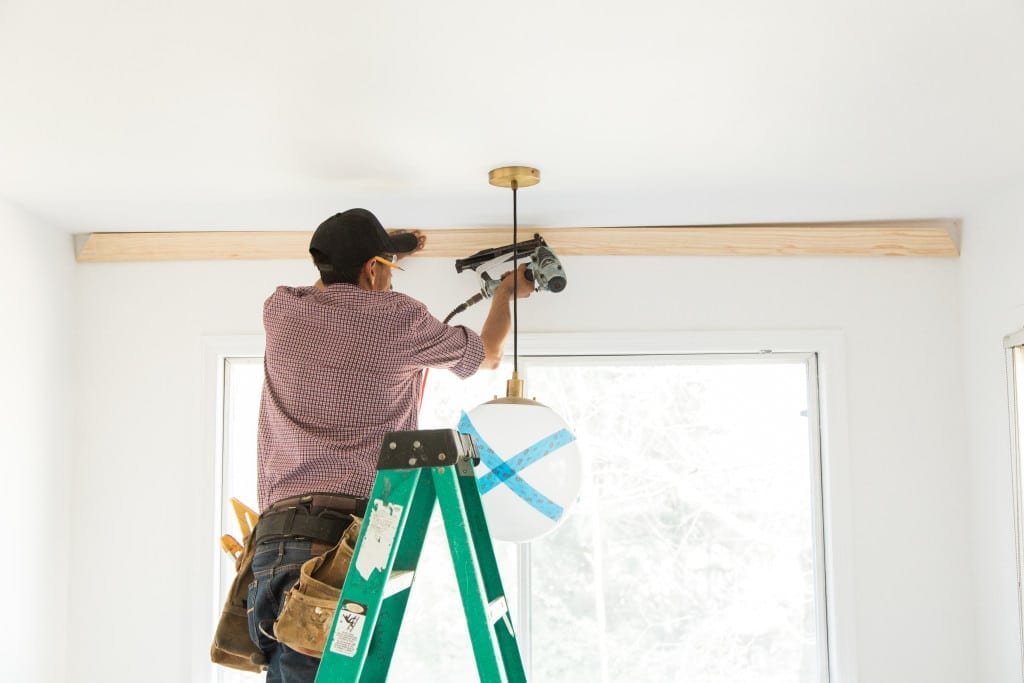
Polyurethane Moulding: It is easier to cut, install, and maintain compared to wood. It is lightweight, can be glued or nailed with minimal tools, and does not split easily.

Environmental Suitability
Consider the environment in which the moulding will be installed. Wood is best for controlled indoor climates, while polyurethane excels in varied conditions, resisting the effects of moisture and temperature fluctuations.
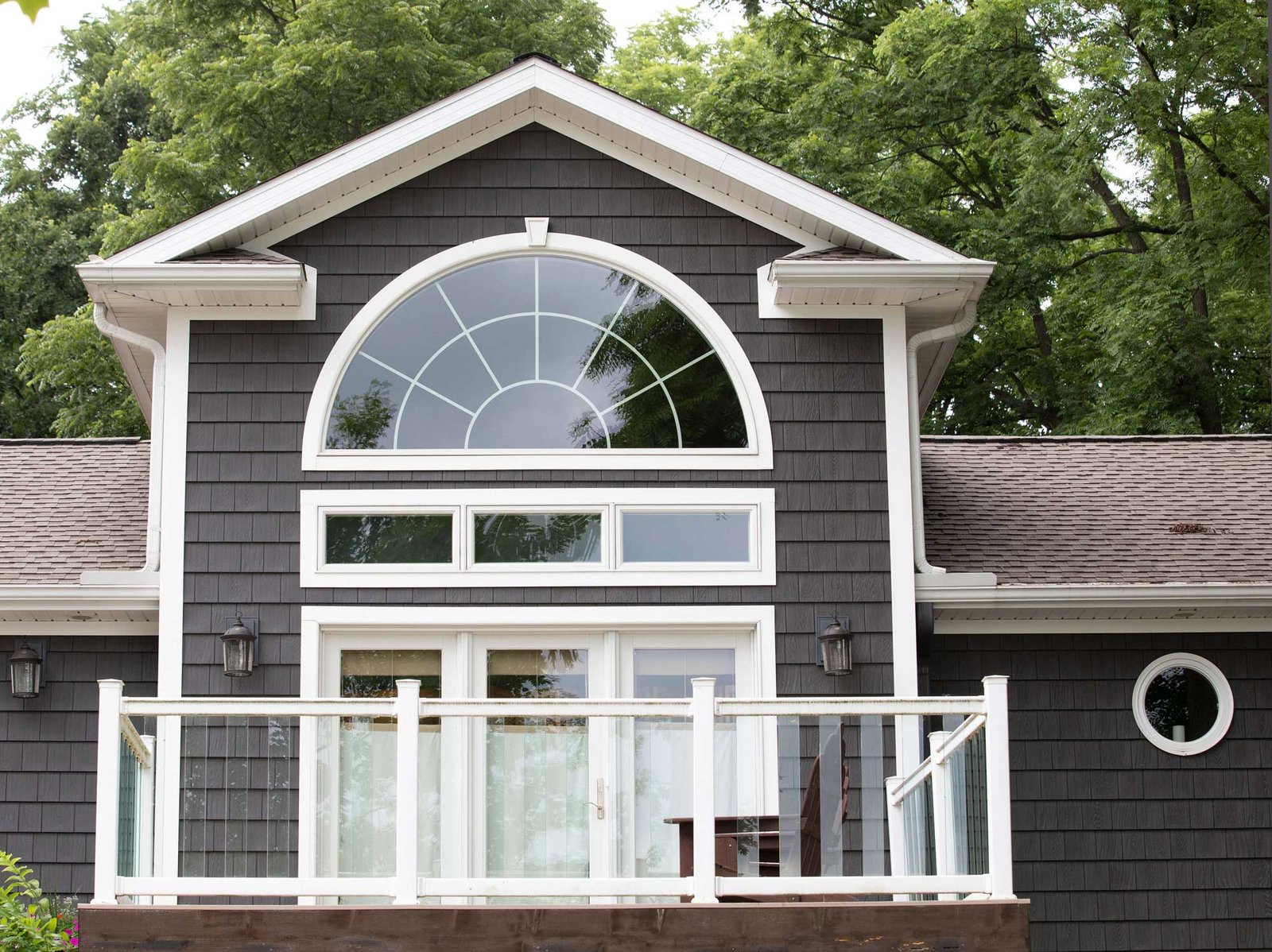
Environmental protection:
Wood Moulding: Wood is a natural, renewable resource that can be sustainably sourced from managed forests, making it an environmentally friendly choice. It also has the benefit of being biodegradable at the end of its life cycle.
Polyurethane Moulding: Polyurethane is a synthetic material derived from petroleum, a non-renewable resource. The production of polyurethane involves chemicals that can be harmful to the environment if not managed correctly.

Summary
Both wood and polyurethane mouldings have their place in home decoration. Your choice should depend on the specific requirements of your project, including budget, environmental conditions, and aesthetic preferences. Evaluate the characteristics of each to determine which moulding material aligns best with your home improvement goals.
